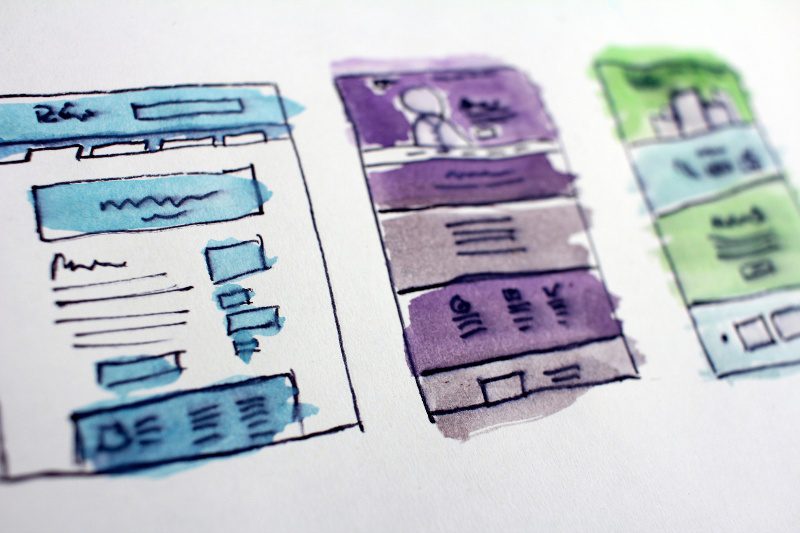Digital Asset Management (DAM) v. Enterprise Content Management (ECM)


We don’t like acronyms. One of our core values is “We are human, and we talk like it.”
That’s why we try to steer clear of acronyms. People like to think that acronyms make things easier, but sometimes all they do is increase confusion with fewer letters.
The use of acronyms in the software world (or should we say the SaaS world?!) is out of hand. Many jump to an acronym as soon as they can after coming up with an idea that might take more than two words to describe. There’s CRM, ERP, PIM, PXM, WCM, CMS, API, CDN, DRM, and about a thousand others. For people who live and breathe software, these acronyms may make things easy, but for many people out there, acronyms can feel like an inside joke and not only lead to confusion but also embarrassment if you're not up on the lingo.
Companies like ours have not been as helpful as we could have been on this. We work every day in our little niche so we use the jargon of our industry. The problem is that you might not be in our industry!
In an effort to clear up any potential confusion, we want to break down some of these acronyms used in the marketing technology world so that we can provide some clarity about what people might be talking about when they use these acronyms.
In this post we’ll tackle two of these acronyms: DAM and ECM.
DAM = Digital Asset Management
ECM = Enterprise Content Management
What is Digital Asset Management (DAM)?
It’s what we do!
Digital asset management is software that allows companies and organizations to store, organize, access, and distribute digital content, including documents, images, videos, audio files, and other rich media. A key differentiator between digital asset management (DAM) and other file storage options is the ability to add and associate various kinds of metadata to provide contextual information about the digital content to make retrieval, analysis, and use of the content more effective. Digital asset management also provides tools to limit access to content by user role meaning that the right people have access to the right content.
What that really means is that digital asset management is the way you win back your time. It helps eliminate bothersome file requests, ends fruitless searching for content, centralizes content so it’s not all over the place, gives access to the right content for the right people when they need it, and replaces broken tools for sharing content.
What is Enterprise Content Management (ECM)?
Enterprise Content Management (ECM) is the management of and systems for the business-related content of an organization. Enterprise content management tools help manage the lifecycle of business-related content. These systems are operations-focused. The types of information stored in an enterprise content management system include documents, contracts, invoices, receipts, pdfs, Word files, and similar files. Most files in an enterprise content management system are text-based. These systems can take the place of filing cabinets, so instead of keeping years of sales records in hundreds of filing cabinets in a warehouse, an organization can keep these records in a cloud-based or on-premise server location.
What Are the Differences Between DAM and ECM?
The main difference between these two types of systems is the content stored in each. Typically digital asset management systems are for creative content such as images, videos, design files, gifs, and presentations. Enterprise content management systems are used primarily for business records, which are almost always text-based documents.
Some organizations will use a DAM for all their content, including business records. And others will use an ECM for everything, including visual files. You may be able to get away with that but the experience may be less than desirable.
Here’s why. Enterprise content management systems are not made to find and present visual files. They are made for documents and text search. Images may not pop up for previews and may just look like a generic file type in the ECM system. Audio and video playback may be nonexistent. Finding the right file is also harder because ECM systems are often not built to handle custom metadata like DAMs are. DAMs provide tools to add tags, description, and other information about the file so that you can find the right file with a search. For example, if you want to find a lifestyle image for a particular product, in a DAM system you can tag that image with the product name or other description and find it in a search. ECM systems usually do not provide those tools. DAM systems also provide a more visual-forward presentation. You can browse through images and design files and see full previews. Because ECM systems are built for documents, they are not as visual-forward as DAM systems.
Digital asset management systems are also designed to help you control access to content inside and outside your organization. You can set up permissions and provide access to the right content for agencies, sales reps, and other outside partners. These users can go in and find and use what they need when they need. It’s called self-service. ECM systems, on the other hand, are primarily made for internal use so that internal users have access to the important operational business information they need.
Enterprise content management systems do have some advantages over DAM, depending on your needs. For common business files, such as invoices or contracts, an ECM system provides templates and sometimes document creation tools so that users can quickly create common business documents. These tools help maintain consistency across an organization.
So, both digital asset management systems and enterprise content management systems allow your team to manage content, they are built for different types of content and different types of uses. If you are focused on records of your business operations, look into ECM. If you want to manage creative content, get it in the hands of the right people, and share it with the world, a DAM is your answer. If you’re not sure, please reach out and we can discuss what might be best for your team.
Photo by Kon Karampelas on Unsplash



